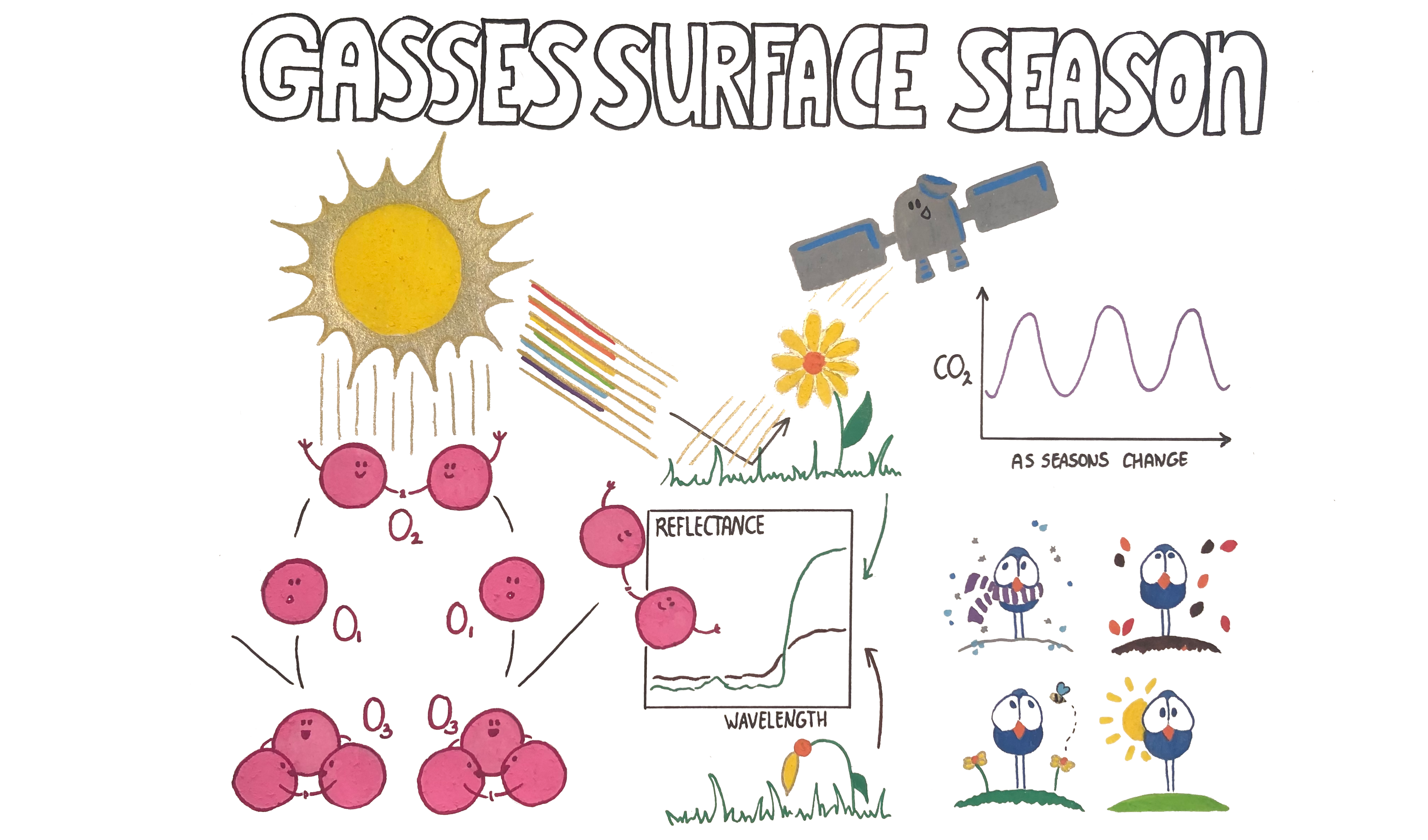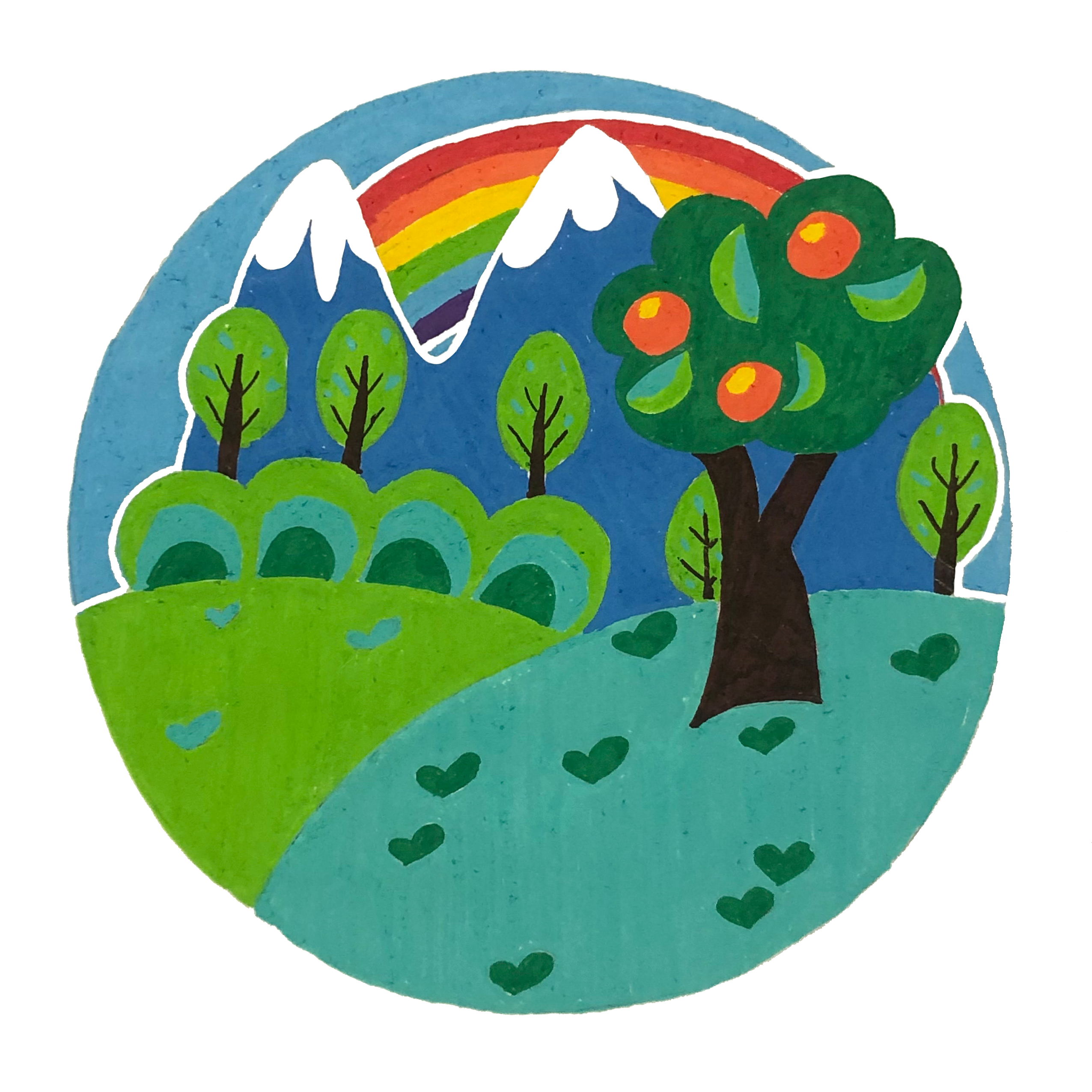Posts from March 2021
My research: looking for signs of life
My first moment of evaluation - my first presentation
Important lesson 3: Do not fear moments of evaluation in your life.
A time for reflection can give you a better understanding of what you want to achieve
and what you need to do in order to get there.
Whouw! Everybody has experienced those last 5 minutes before starting a presentation...
Did I prepare the presentation well?" "Do I understand the subject matter well enough?"
"What questions will they be asking?" All these questions and thoughts that dance
around in your head just before you speak your very first word out load.
Last Monday, I gave a presentation to the promotion committee. I told them about my
progress over the past six months, the knowledge I have gained and my plans for the
coming 3.5 years of being a PhD student. This was my first evaluation moment since
I started here in Leiden. That does make you a little nervous. Fortunately, everything
went well! I can continue the research that I started with.
With this post, I would like to share with you what the ultimate goal of (continuing)
my research: "To detect signals that could give us evidence of life beyond our Earth".
However, just observing signals is not enough. We need scientific evidence. Below, I
give some examples of signals of life that we know of, that can be recognised when we
look at the Earth from space.
 Bio-signatures of life on Earth •
"Are there other planets besides the Earth that contain life?" This is one of the
questions that astronomers are exploring. Throughout the universe we look for what
we call 'bio-signatures'. This is a collective term for elements, isotopes, molecules
or phenomena that are considered scientific proof of life. In the drawing above, a
selection of these evidences are categorised in gasses, surfaces and seasons.
Bio-signatures of life on Earth •
"Are there other planets besides the Earth that contain life?" This is one of the
questions that astronomers are exploring. Throughout the universe we look for what
we call 'bio-signatures'. This is a collective term for elements, isotopes, molecules
or phenomena that are considered scientific proof of life. In the drawing above, a
selection of these evidences are categorised in gasses, surfaces and seasons.
- Gasses in the air - The Earth's atmosphere consists of a mixture of different gases. The two most common gases are nitrogen (78%) and oxygen (21%). Oxygen gas, O2 is produced by photosyntheses (plants) and ensures that we -people & animals- can live. Unfortunately, finding oxygen in an exo-atmosphere alone is not hard evidence for life. Research has shown that oxygen has to be present in combination with a number of other gases before we can call it a proof of life. One example concerns the presence of ozone gas (O3). Ozone is made from oxygen in the stratosphere. The ultraviolet radiation from the Sun is so powerful that when its photons (light particles) collide with an oxygen molecule (O2) it splits into two loose oxygen atoms (O1). Together with one other oxygen molecule, this single atom combines to form an ozone molecule (O3).
- Reflection of surfaces - Different Earth surfaces reflect sunlight in different ways. One reflection effect that we recognise from Earth observations is the so-called "red edge" effect. Plants absorb the green part of sunlight and reflect the red part. This causes a strong increase in reflectance in the red part of the visible spectrum1: around 700-750 nm. However, we only see this effect when plants are alive. As soon as plants die, this sudden increase reduces its intensity.
- The effect of seasons - The position of the Earth in relation to the Sun defines the seasons. Because the Earth revolves around the Sun once a year and the Earth a little tilted, all seasons pass by in one year as well. The temperature differences between the seasons make that the Dutch winters are colder than their summers. This causes trees to fall into a kind of 'hibernation' and to lose all their leaves. In summer, the blooming trees & plants are able to convert carbon dioxide (CO2) into oxygen well (see point 1.). In winter, this happens less efficiently. This is why we can see variations in the concentration of CO2 in the atmosphere during one year. This is an indirect consequence of 'life' on Earth.
1 See my post from January 19 for a more detailed explanation regarding sunlight and its wavelengths.
